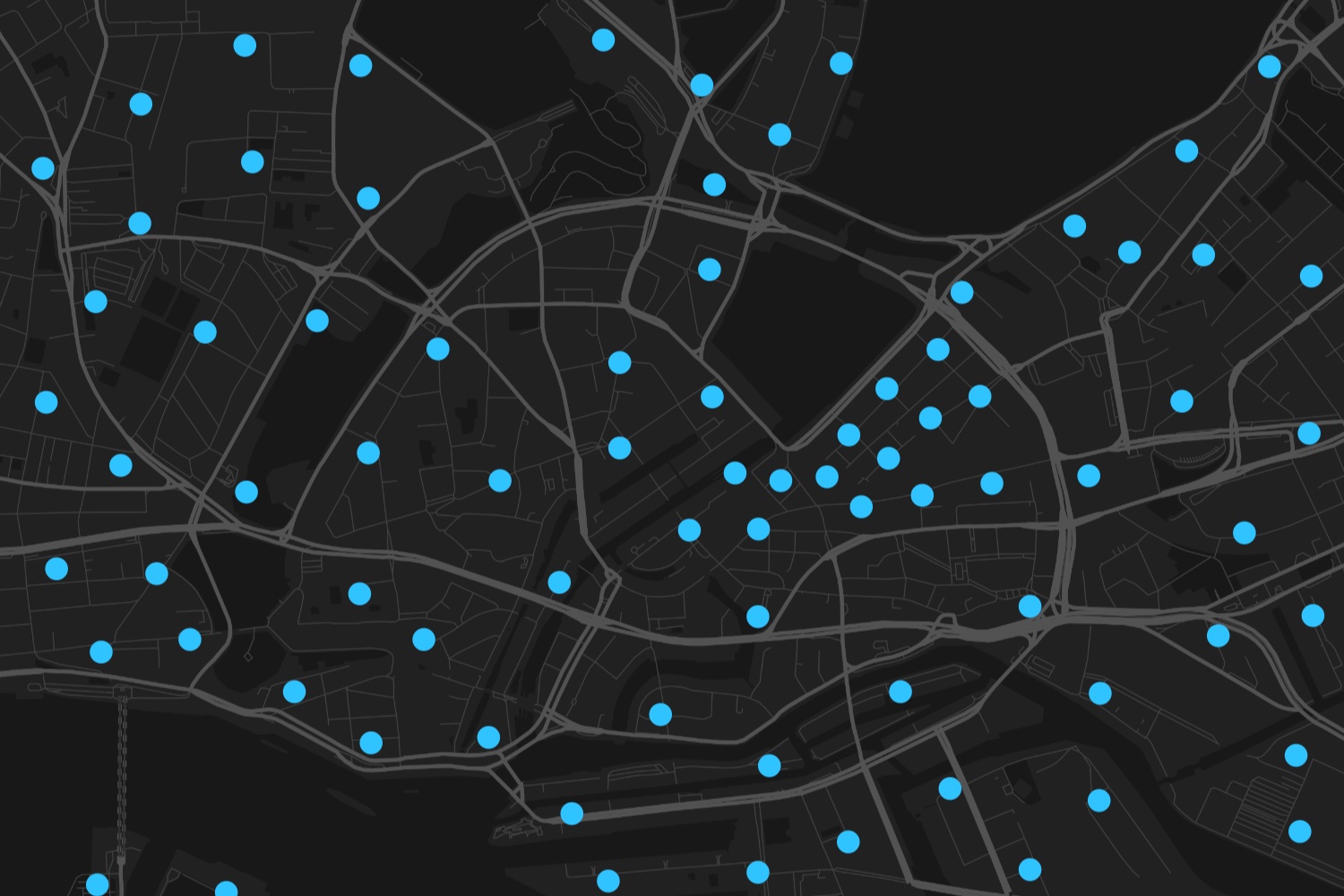
Early warning systems for forest fires
Early warning systems for forest fires
Forest fires pose a danger to people and the environment: The stability of the ecosystem is jeopardized and, even in milder fires, human health is affected by pollutant emissions. Establishing an early warning system for wildfires can help cities and towns identify high-risk areas, fight fires quickly through early detection, and thus keep damage to a minimum.
Early warning systems are best sourced from a variety of data that flow together via a data platform. In addition to weather data, data on air quality is particularly important here, provided by freely installable sensors. In addition, the German Weather Service DWD and the Federal Agency for Cartography and Geodesy provide comprehensive information on hazard levels with the Forest Fire Index and Forest Fire Atlas, respectively. The forest fire atlas, which is based on satellite data, among other things, also includes data on water reservoirs, rescue points for hikers or military areas.
Sustainability check: How do early warning systems for forest fires help?
- Rapid suppression or even prevention of forest fires possible
- Lower pollution levels in the air due to more quickly contained forest fires
- Protection of the forests and the population living in the vicinity
Requirements: What is needed for early warning systems for forest fires?
- Sensors for measuring air quality
- Weather data
- Linking of local data with the digital forest fire atlas
- Inclusion of the forest fire danger index of the DWD
Our rating:
Much of the data needed for an early warning system for wildfires already exists or is readily available. The installation of additional sensors to check air quality can be considered useful. By blending various data from different sources, a comprehensive picture is obtained and the quality of the early warning system is increased. The early warning system should not stand alone, but should serve as a first step as part of a forest fire management plan. Especially for regions severely affected by forest fires, early warning systems enable faster and more efficient responses and are an important measure to protect against forest fires.
Which SDGS are addressed?
In order to create globally sustainable structures, the member states of the United Nations have set themselves 17 goals by 2030, which are set out in the 2030 Agenda for Sustainable Development.

Associated challenge(s)

Protect against forest fires
- 2 Solution(s)
- 3 Datasource(s)
Matching data(sources)
Obtain data(sources) for this solution here:


